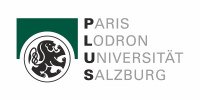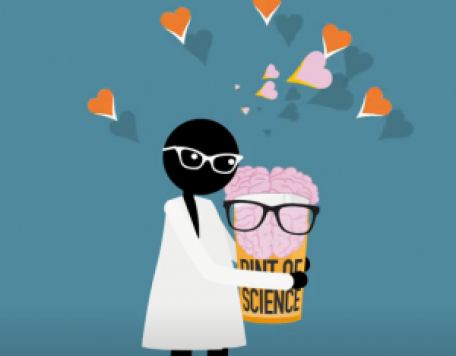© Pint of Science, 2025. Alle Rechte vorbehalten.
Join us on May 19th for an evening exploring the frontiers of intelligence - from cellular behavior to artificial minds and the power of language.
Computational modelling of Chinese hamster ovary cells
Thomas Rauter
(PHD Student, PLUS Department of Biosciences and Medical Biology)
Therapeutic antibodies are mass‑produced in Chinese Hamster Ovary (CHO) cells, but their safety and efficacy hinge on getting the right sugar coating (N‑glycosylation). Those sugars shift over the course of a culture, driven by a web of genes and proteins. We followed the high‑yield NISTCHO line that makes the reference antibody cNISTmAb, collecting multi‑omics snapshots throughout the run. Spline models in the limma framework let us test which transcripts and proteins change significantly over time, avoiding black‑box guesswork. Pathway enrichment then singled out the cellular circuits that steer glycosylation and output. The result is a clear, mechanistic map of how productive CHO cultures evolve - actionable knowledge for tuning industrial bioreactors.
I see something you don’t see… About language patterns – and how useful other languages can be
Birgit Füreder
(PLUS Department of Romance Languages)
Have you ever thought about how much language can influence the way we experience the world, what we pay attention to and which information we express in what way?
If German is your native (or dominant) language, you will probably expect words such as "gerade", "wieder", "weiter" etc. if you want to say that an action is going on right now, is repeated or continued. In languages such as French, Italian or Spanish, however, many of those things are expressed in a different way. How can we deal with this if we have the ‘German pattern’ in mind? And what happens when other languages come in?
If German is your native (or dominant) language, you will probably expect words such as "gerade", "wieder", "weiter" etc. if you want to say that an action is going on right now, is repeated or continued. In languages such as French, Italian or Spanish, however, many of those things are expressed in a different way. How can we deal with this if we have the ‘German pattern’ in mind? And what happens when other languages come in?
Artificial intelligence to study molecular intelligence.
Nikolaus Fortelny
(Associate Professor, PLUS Department of Biosciences and Medical Biology)
Artificial intelligence is powerful in learning relationships. However, it has - so far - met its match in understanding “molecular intelligence”. Molecular intelligence is the ability of cells to information to grow and fight off threats - without a brain or computer chip. The molecular processes behind the intelligent behavior of cells have been optimized through evolution. I will present selected areas of research, where biologists try to understand molecular intelligence by collecting big molecular datasets and using artificial intelligence algorithms to better understand how cells function in healthy conditions and how they dysfunction in disease.
© die Mitwirkenden OpenStreetMap
Weitere Veranstaltungen in NarrenCastl
2025-05-20
Neurons, Blossoms, and AI: Making sense of the world
NarrenCastl
Rudolf-Biebl-Straße 22, 5020 Salzburg, Österreich
2025-05-21
Exploring the Body, the Mind, and the Self
NarrenCastl
Rudolf-Biebl-Straße 22, 5020 Salzburg, Österreich


